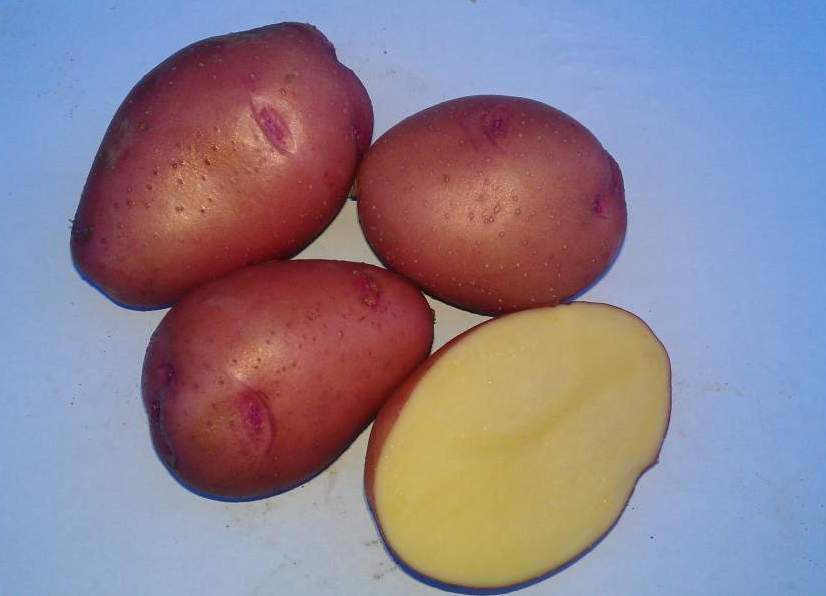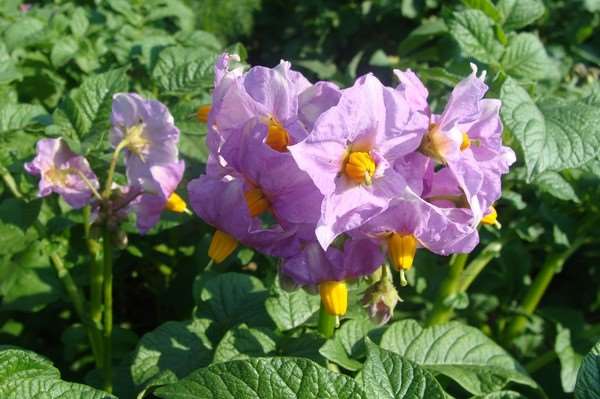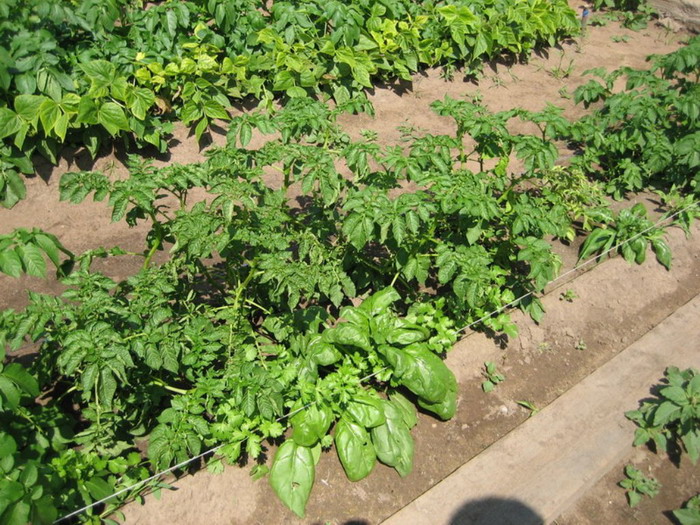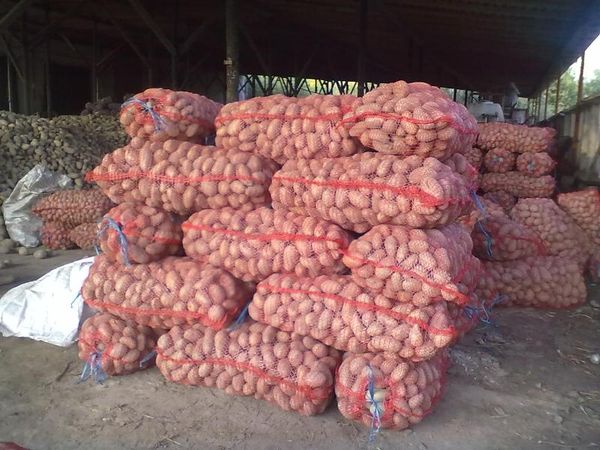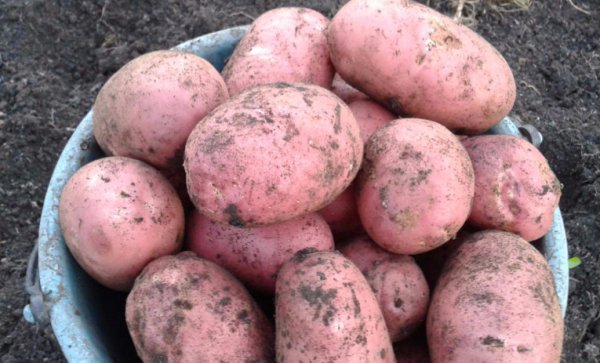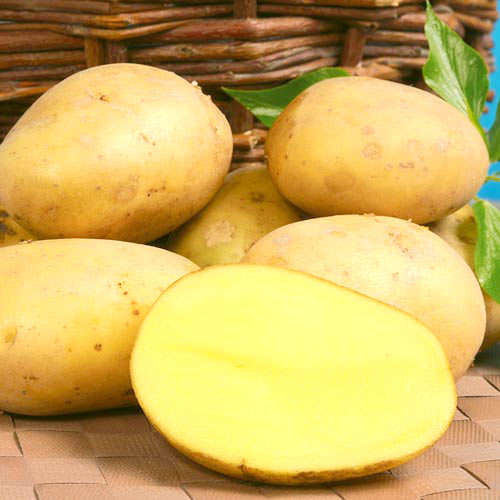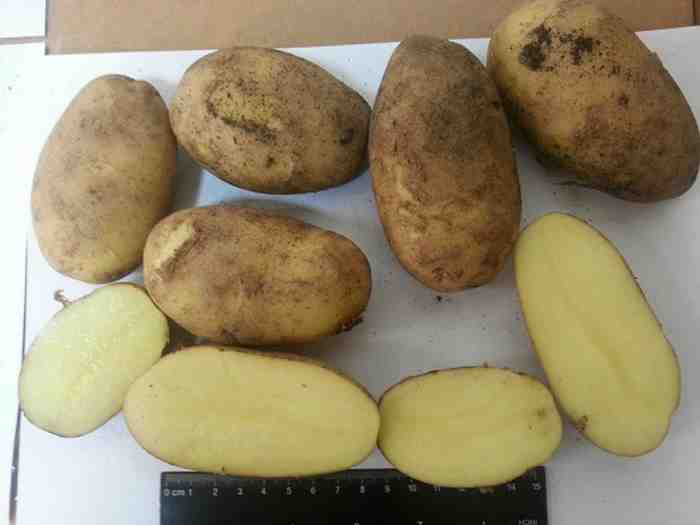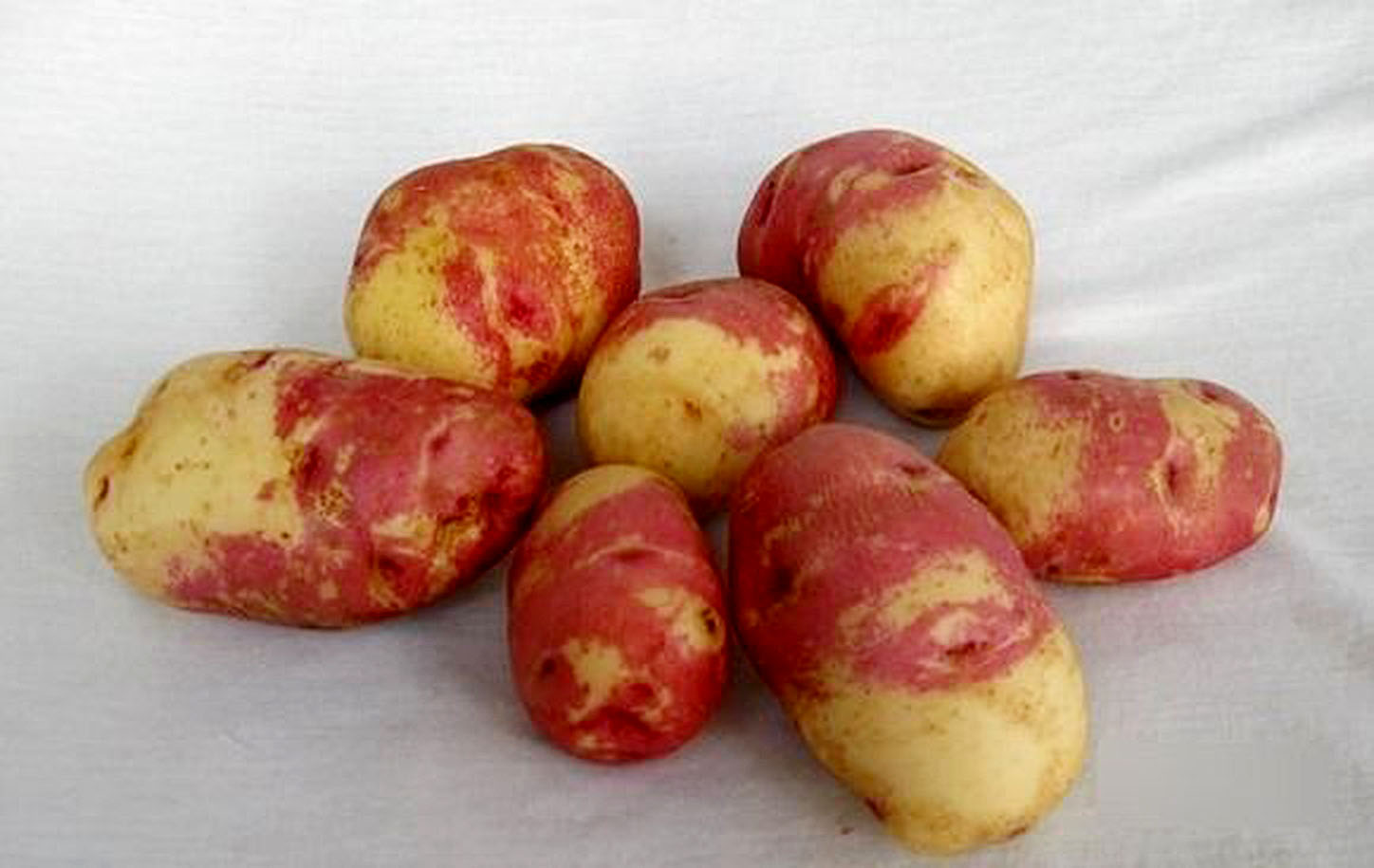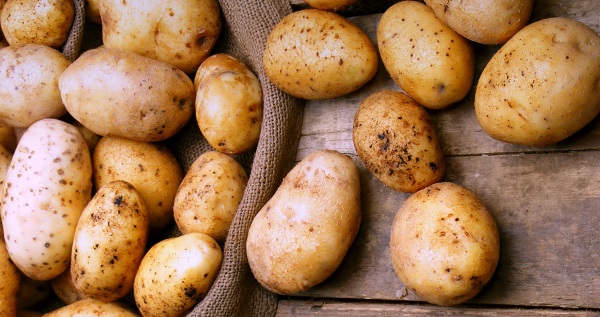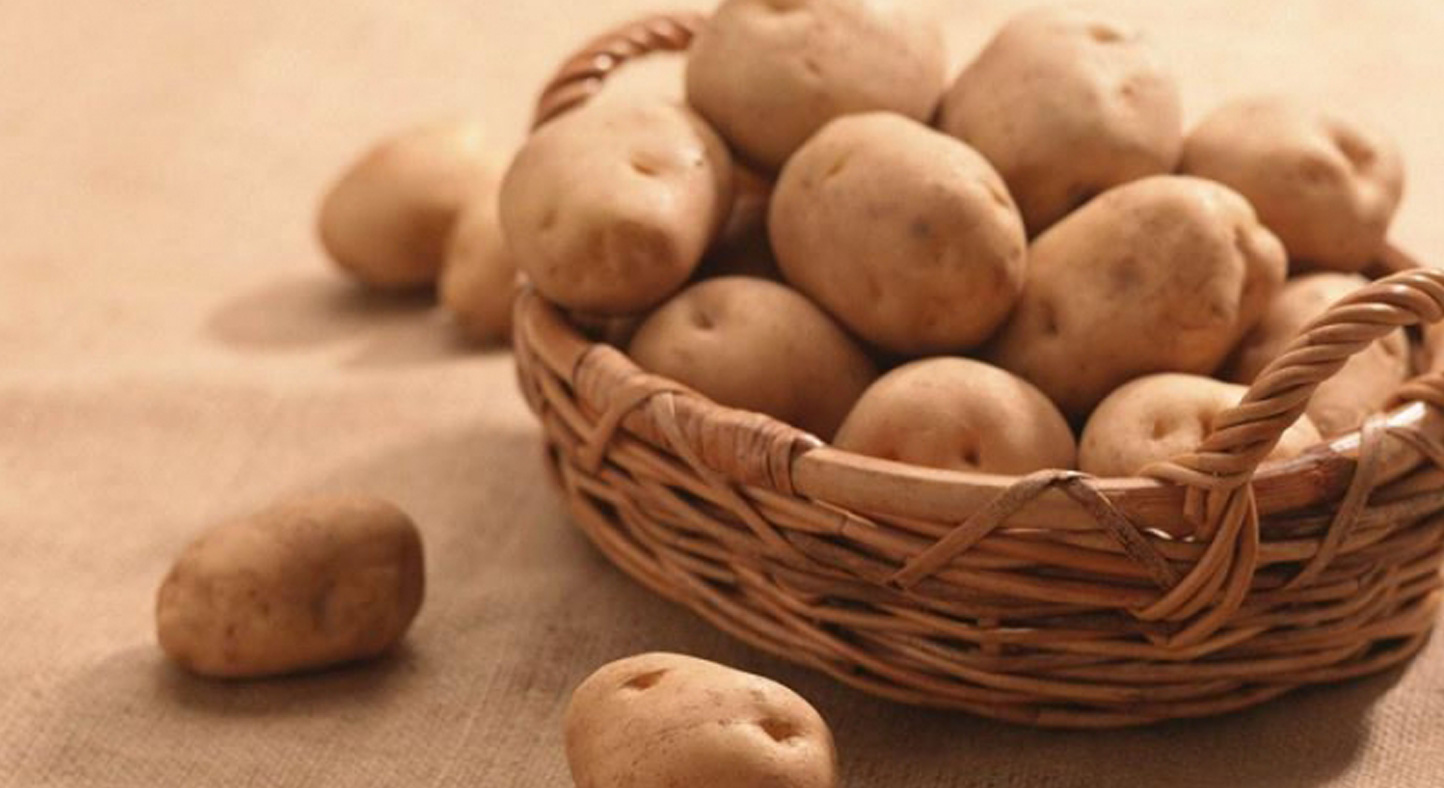Content:
Zara (Rosara) potatoes are one of the most widespread varieties around the world. Differs in good productivity, unpretentiousness, resistance to many diseases typical of potatoes.
The history of the creation of the variety
Rosar seed potatoes are the result of the activities of German breeders. The plant was successfully bred back in the 90s of the XX century. Although many new varieties have appeared on the market since then, Rosara continues to be consistently popular with farmers in many countries. In Russia, the variety became famous after 1996. It was then that he was included in the state register.
The main attention of the German specialists was paid to the plant's resistance to many diseases characteristic of vegetables and early ripening. As breeders assure, the culture has “built-in immunity”.
In the world, this variety ranks 4th in terms of its prevalence. Most often it is grown in the Central Black Earth, Middle Volga regions, the Far East and Siberia.
Rosar potato characteristics
Frost resistance
Rosalia potatoes tolerate heat and frost well, preserved without negative consequences in humid climatic conditions. The experience of farmers in the Urals makes it clear that this plant not only withstands sudden changes in temperature, but also gives good yields in difficult conditions for many other potato varieties.
Yield
The early ripening varieties include the seed potato Rosara, the characteristic indicates that the first fruits can be harvested already after 70 days from the moment of ascent (emergence of shoots). Thus, the owners who planted this variety in May can already enjoy its taste in early August.
It is possible to collect about 18 pieces of potatoes from one bush. Meanwhile, this is not a record. By closely monitoring his garden, a farmer can get up to 25 tubers.
If the soil is chosen well, you can count on a yield of 350-420 kilograms per one hundred square meters.
Important! For 4-5 years in a row, the harvest remains stable, and therefore there is no need for a systematic renewal of the seed fund.
Bloom
The bushes begin to bloom early: in mid or late June, provided that they were planted in May. The inflorescences contain 4-8 rather large pink-purple flowers. Individual sectors of the flower may be pale.
Plant parameters
Rosalia bushes grow relatively low. The maximum height rarely exceeds 50-55 cm. At the same time, the bushes are quite lush and require a lot of space. Stems are erect, dark green in color.
A distinctive feature of the variety is the appearance of the fruit itself. The potato has a thin deep pink (almost raspberry) peel, although bright pink tubers are also found. Small eyes are evenly distributed over the entire surface. The fruit is smooth to the touch and has a drop-like shape.
Rosie's potatoes (a description in the specialized literature indicates this) differ in almost the same fruit size. One piece weighs approximately 100-140 grams. Sometimes fruits weighing more than 150 grams come across.
The color of the flesh is deep yellow, some farmers call it the color of "butter".
The taste of the vegetable is liked by many tasters, and therefore, on a five-point scale, Rosar's potatoes receive a solid four in this parameter.
Important! Fruits do not contain much starch (up to 16%), and therefore poorly boiled.
Given this feature, potatoes are consumed mainly boiled. It is not suitable for frying. It is often used to prepare a wide variety of salads and soups.
Agrotechnical features of growing
How to plant
Rosella potatoes love spacious, sunny places. It is good if an artificial or natural barrier is placed next to the planting, which will protect the plant from cold gusts of wind. You should not hope for a good quality harvest if you plant Rosana in a lowland where a lot of melt water collects and is cool.
Although the Rosana potato quickly adapts to the environment, it is better to choose a loosened soil for it that quickly allows air and water to pass through. Gray soil, loam, sandy loam substrate are well suited. Overly acidified soils will be a bad choice.
Rosara potatoes can be planted in the same place for about 3-4 years in a row. The characteristic of the fruit makes it clear that the place can be alternated with many crops (this is how the soil is saturated with the necessary minerals): clover, flax, pumpkin, cucumber, legumes, all types of cabbage, corn, vetch. Potatoes will be small if they are planted in the ground where sunflowers were grown in previous years. This contributes to an increase in the incidence of the plant.
The best period to plant these varietal potatoes is the middle to third decade of spring, that is, 04.20-15.05. True, not in all regions of the Russian Federation at this time the earth is already well warmed up. To make it more suitable, experts recommend pre-watering the beds with hot clean water.
When preparing potatoes for planting, 12-15 days before this moment, they need to be warmed up and dried in the sun. The peel becomes greener and tougher, and therefore more protected from pest attacks.
Since the potato bush is wide, it should be placed 25-30 cm from the other.
Specificity of care
Farmers fell in love with Rosella potatoes not only because of the good harvest and excellent taste, but it is worth buying this potato for planting because of its simplicity. Some experts argue that even if the owner does nothing at all for the development of the plant, his yield will be no less than 300 kg per 100 sq. m. territory. Those who want to get the most out of their vegetable garden should be more careful about growing this vegetable.
Top dressing is an important agrotechnical procedure. Rosana needs more phosphorus and potassium, and, conversely, does not tolerate nitrogen and chlorine. With this in mind, potassium chloride should be deleted from the list of fertilizers immediately.
Organic fertilizers are the best options, in particular:
- steamed compost;
- wood ash;
- humus.
The potato variety Rosara does not require too much of these substances, the description of the variety indicates, therefore, it is enough to feed the plant only 3 times per season: after the first hilling, during the flowering period, about 20 days after the beginning of flowering.
Compulsory for all types of potatoes remains such a processing method as hilling. For the first time, it should be performed during the period when the tops already reach a height of 18-25 cm. The second time - 2 weeks after the first. If the season seems very hot, such terms can be shifted a little, because the plant will not grow so quickly.
As for watering, the greatest need for it arises during the flowering period of the plant. High quality of the crop will be ensured by drip irrigation or sprinkling.
Important! Excess moisture contributes to the decay of the fruit.
Farmers recommend completely mowing the tops 2 weeks before the end of the growing season. Thus, the root system will have more strength to develop. Another secret to a good harvest is "breaking". Perform it when the plant grows to 20-25 cm.The shoots are bent so that their tops bent to the ground, but the plant itself does not dry out. Such manipulation will provide more strength and juice to the fruits themselves.
Loosening should be done after every rainfall.
Storage of fruits should take place in a dark place with a temperature of 2-3 ℃. During the entire storage period, it is not possible to save only 7-9% of the crop.
Advantages and disadvantages
Like all other varieties, Rosana potatoes have their pluses and minuses.
The former include, in particular, the following:
- resistance to many genetic diseases characteristic of potatoes;
- quick adaptation to the environment, thanks to which the rose tree can be grown in almost every region of the Russian Federation, except for territories with arctic and subarctic climatic conditions;
- consistently good yields for several years in a row;
- unpretentious care;
- appetizing appearance (almost 90% of the collected fruits have a presentation);
- versatility of use, since the low starch content;
- good taste properties (according to tasters, firm "4+" with 5).
It is impossible to describe the plant as fully as possible without pointing out its shortcomings. In the case of Rosana, there are few of them:
- not suitable for frying;
- insufficient resistance to late blight;
- bushes are widely spread, which makes it difficult to care for them.
Summing up, it should be said that it is profitable to plant Rosana potatoes. The plant does not need much attention, however, it gives a large and tasty harvest, it lasts for a long time.
